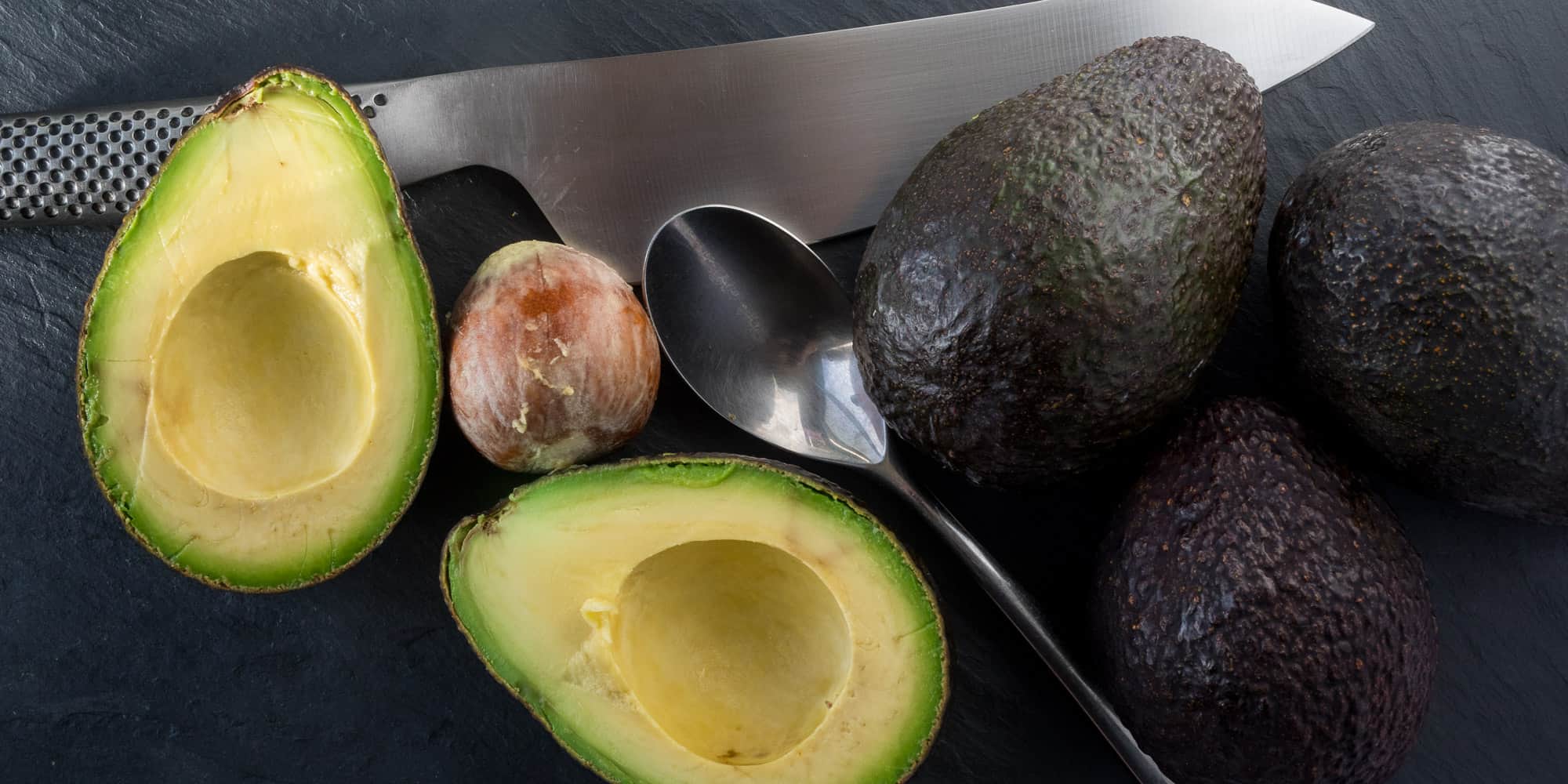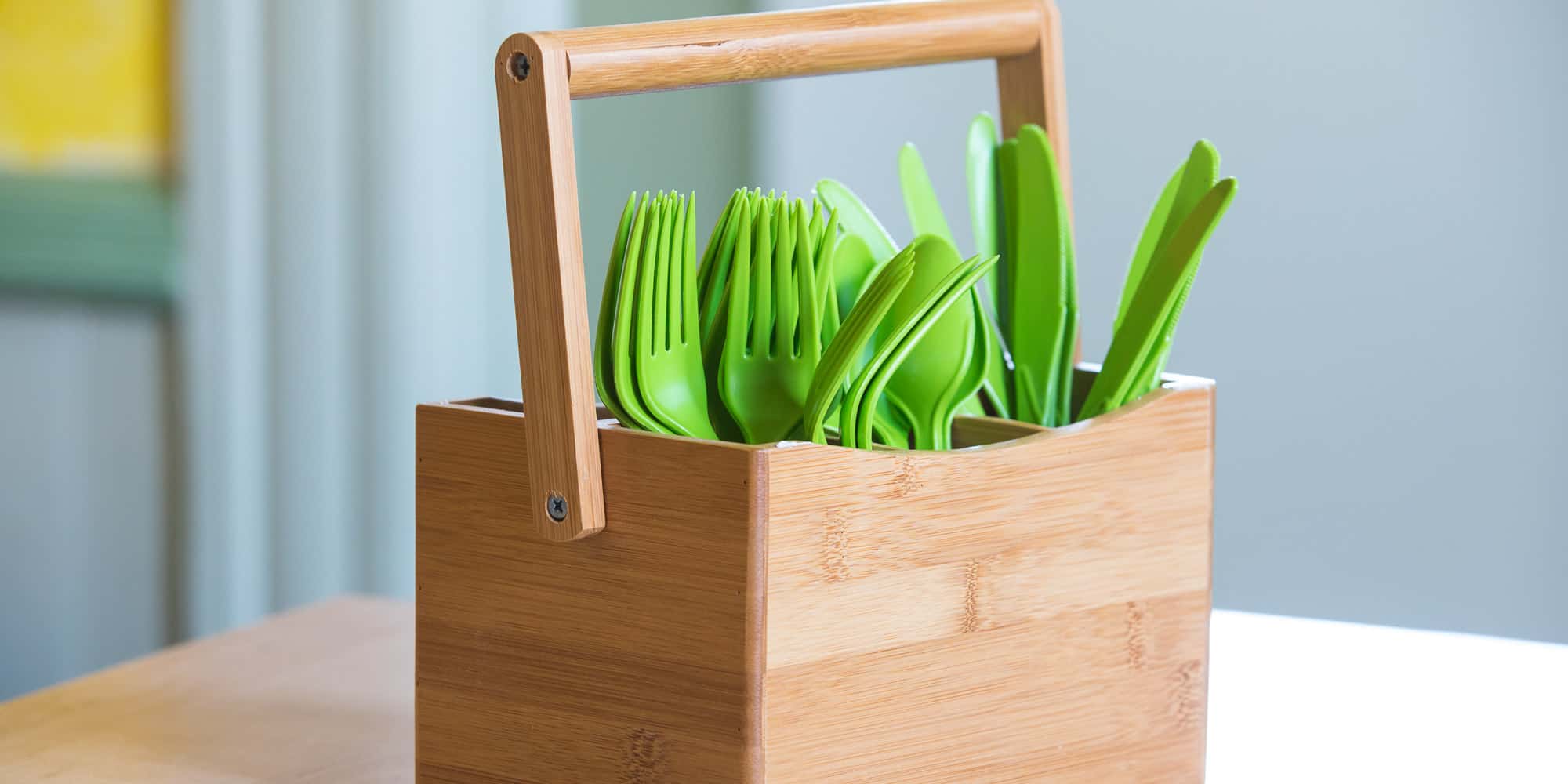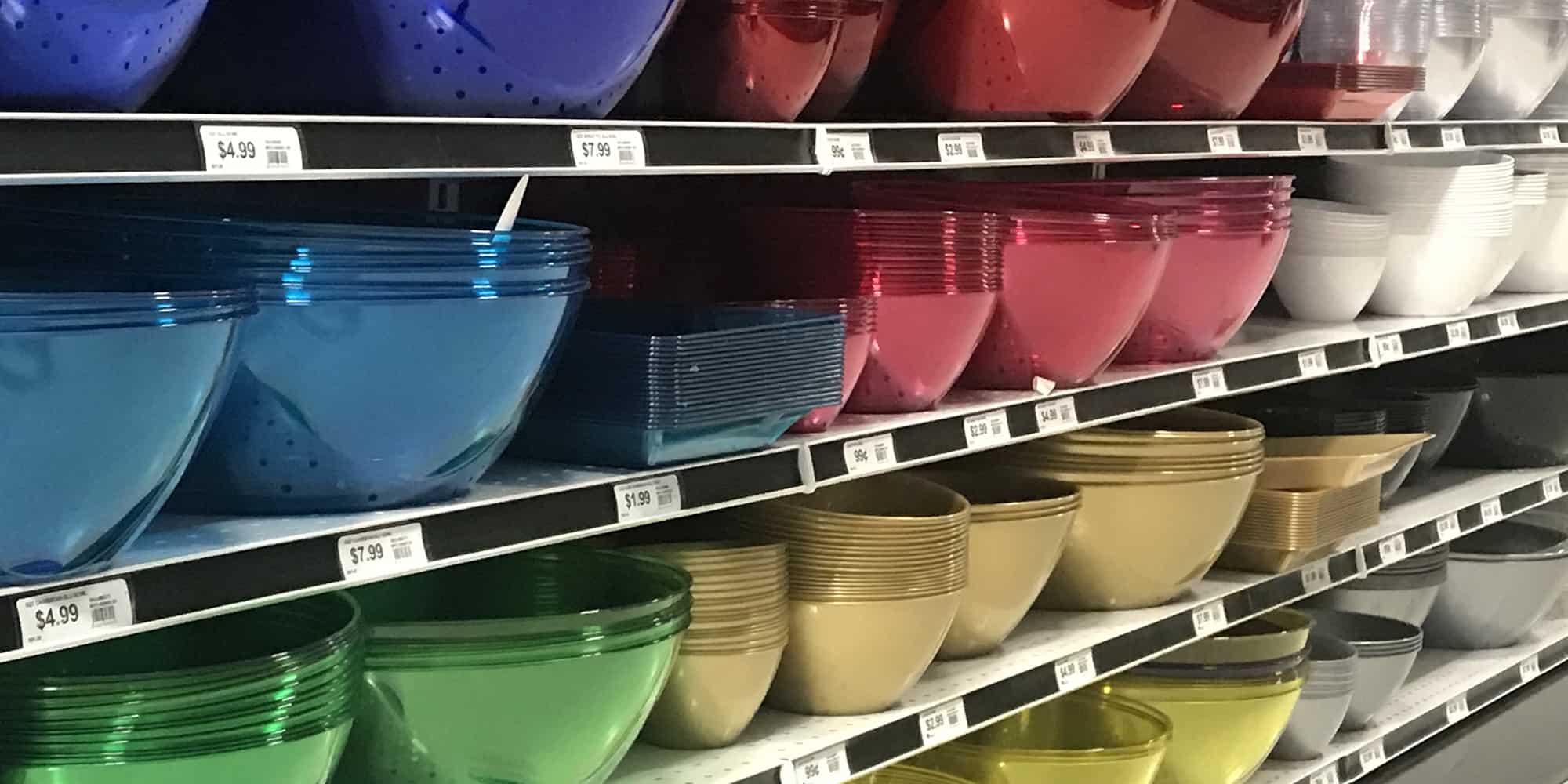If you’re making our Simply Perfect Guacamole or our Carnitas Sliders, you have to have great avocados. Period. If they’re underripe or — worse — overripe, your guac just won’t cut it. Here’s how to find the best avos and open them up like a pro.
Selection
The first thing you need to know is when you’re going to need the avocados to be at their peak ripeness. If you need to use them the same day you’re planning on buying them, you’ll have to get lucky that the market has avos that are ready to rock.
To judge how ripe an avocado is, there are two things to look for. The first is how firm the avocado is, which you judge by holding the fruit in the palm of your hand and giving a gentle squeeze to see if there’s any softness to it. Here’s a brief guide to levels of firmness and what they mean:
- Rock hard: extremely underripe; avoid these unless your party is more than a week from now.
- Hard but with a very small amount of give: still underripe. You can leave these out on the counter for a few days to let them finish ripening. You can speed the ripening by placing it in a paper bag with a ripe banana or apple and waiting a day or so.
- Yields slightly without too much pressure: ripe. You should keep these in the fridge until you’re ready to use them, no more than a few days from now.
- Overly soft and/or with obvious air pockets inside: overripe. Don’t buy these: they’ll likely be brown inside and taste gassy.
The other way to help judge ripeness is to find an avo that still has its little woody cap just below the narrow end of the fruit, like so:

Pop the cap off and look at the color underneath: if it’s bright green or yellow-green, the avo is probably in good shape, like so:

If the area under the cap is brown, leave it behind. I’ve found this trick to be so useful, I only pick avos that still have their cap on.
Opening an avocado like a pro
Though most avocados aren’t that large, and it seems like a paring knife would be a good choice, I prefer to use a chef’s knife — you’ll see why in a moment.
Slice lengthwise through the avocado, working around the pit. Twist the halves apart.
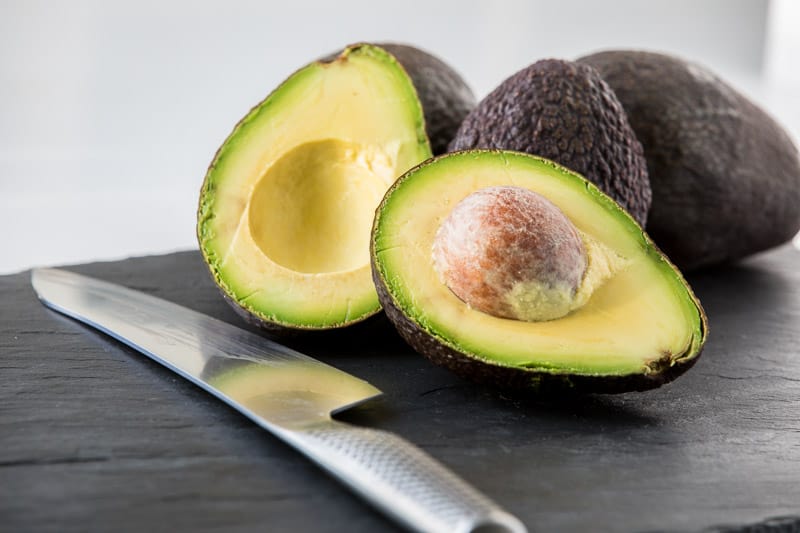
Now you’ll see why I prefer a chef’s knife: to remove the pit, cradle the half with the pit in the palm of your non-knife hand. Take the knife and carefully whack the blade into the middle of the pit like so:
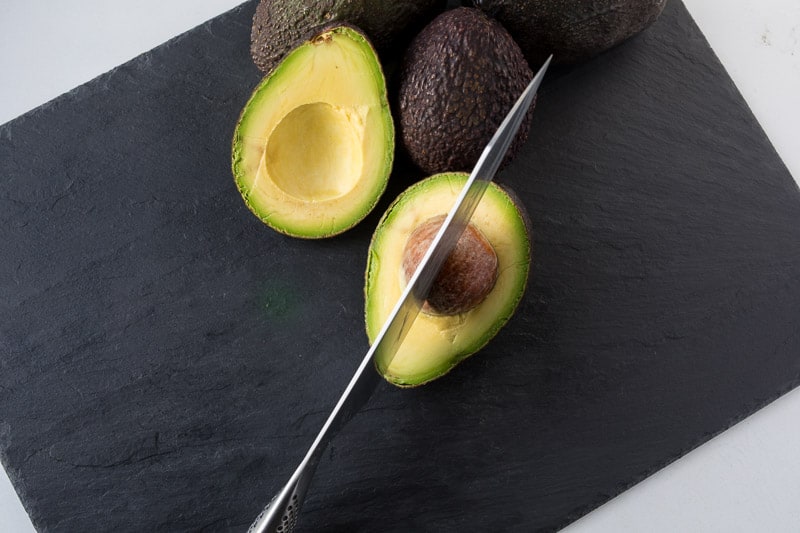
Hold the blade steady while you use your non-knife hand to gently squeeze the avocado and give it about an eighth of a turn, until the pit releases. Set the avo down, and use a large spoon to knock the pit free of the blade.
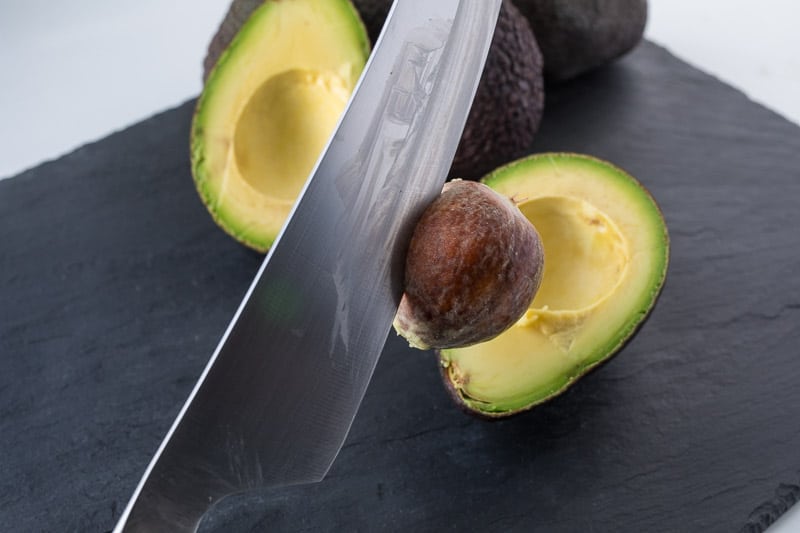
Save the pits! You’ll use them to help keep the guacamole fresh until the party.
Using the avocado
Now you’re ready to use the avocado as you need to. What’s great about opening the avo this way is that you have a built-in container to do your work. If you’re pre-cutting chunks to mash into guacamole, cradle one of the avocado halves in your non-knife hand and use the tip of your knife to score the flesh of the fruit, gently cutting down to the inside of the skin (taking care not to pierce the skin of the avocado — or your hand), first with a series of diagonal cuts about 1/2″ apart, then rotating the avo 90° and cutting again to make a crosshatch pattern. Then you can scoop out the chunks into your guacamole bowl, ready to mash.
If you need slices of avocado for the carnitas sliders, it’s basically the same as above, just a different cut: cradle the avo half as before, but make a series of thin slices in one direction only. Then gently scoop them out with a large spoon.


